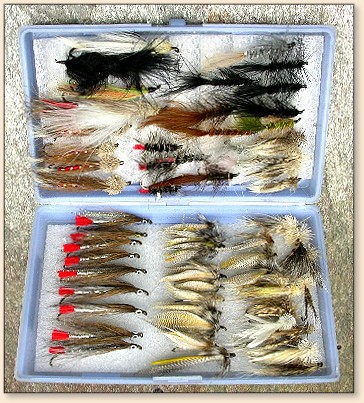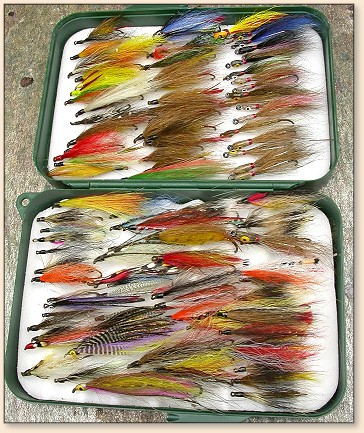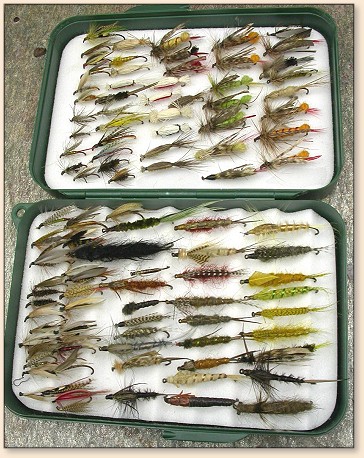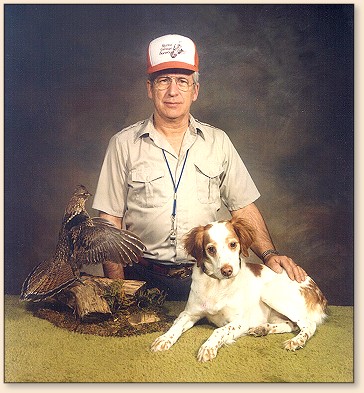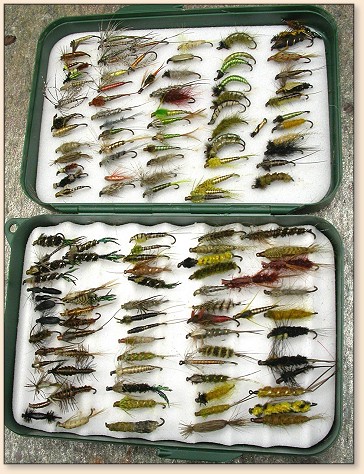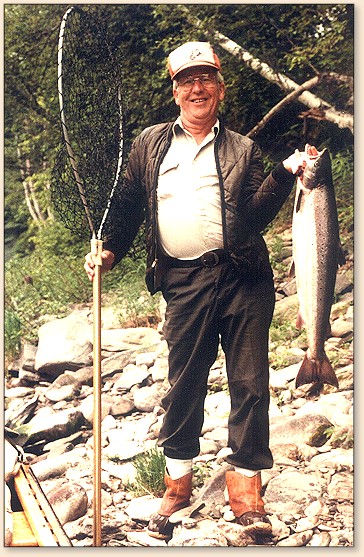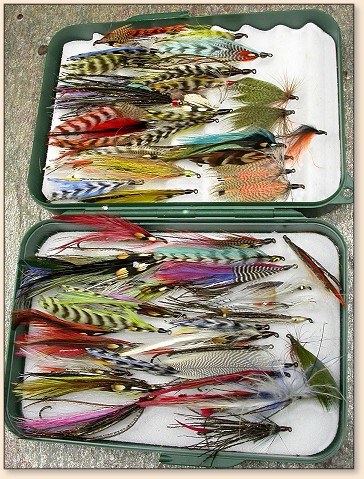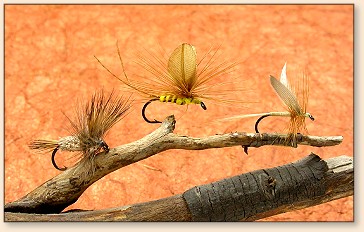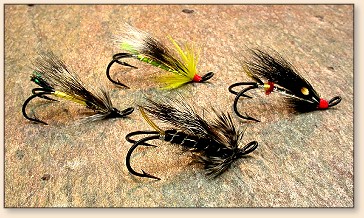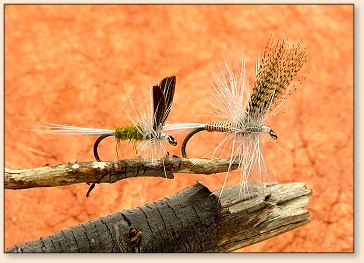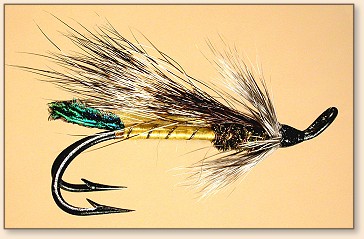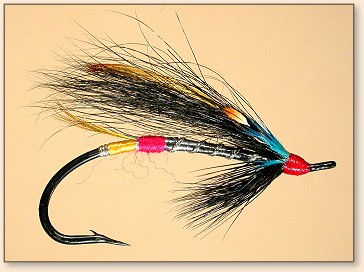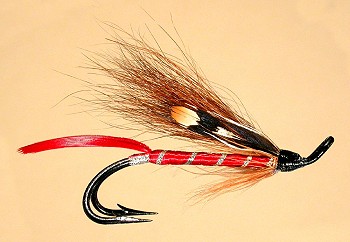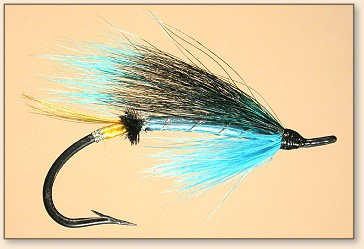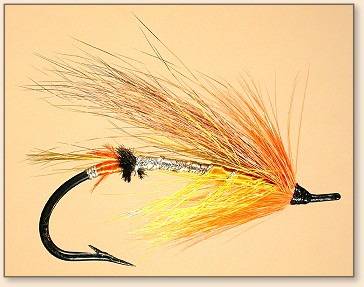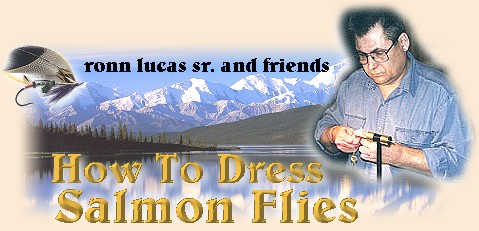
Fly Tying Personalities |
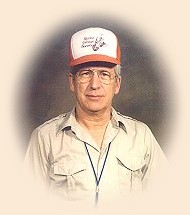
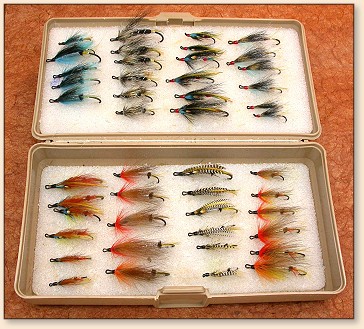
His dad was an avid outdoorsman who introduced young Phil to fishing at about the age of eight. "He'd (dad) take me up to Barker Brook to dunk worms just north of Farmington where we lived. ...When I was ten, he introduced me to the fly rod and from then on, I was to fish no other way except in later years when I did do a bit of ice fishing...My brother, Bob, who was five years older than I, was well into fly fishing and had also started tying flies. Flies back in the late 1930's were selling for about 15 cents for small snelled wet flies and casting streamers were going for about 25 to 30 cents each. To put things in perspective, a loaf of bread was selling for 12 cents and gasoline was five gallons for a dollar! So flies were expensive."
I did time with the Navy in 1944-1946 and a short stint in the Air Force in 1953. While in the Navy I served as a Torpedoman's mate 3rd class aboard a destroyer tender in Japan and China. I was also the ship's bugler. While overseas I organized and played trumpet in a 14 piece dance band aboard our ship. We did several "gigs" in Shanghai at the Red Cross etc. Have been involved in music of some sort most of my life. Sang with a barbershop chorus for 25 years and also held down the baritone part in an award winning quartet."
|
Upland Gunning
Trout Fishing
One of Phil's favorite spots was a foot bridge that crossed the outlet of Doge Pond where it empties into Rangeley Lake. Phil recalls, "...Each spring, even before the ice left the lake, there would be a big Smelt run into the brook. I've seen the bridge lined with fly fishermen angling for some of the big Trout that followed the Smelt...I have also witnessed numerous Trout over four pounds taken from the bridge and have caught many in the two to three pound range myself." The bridge was taken out when the old hotel that sat out on the point was torn down "...and another good fishing spot became a memory."
Atlantic Salmon Fishing
Fishing the St. John for Atlantic Salmon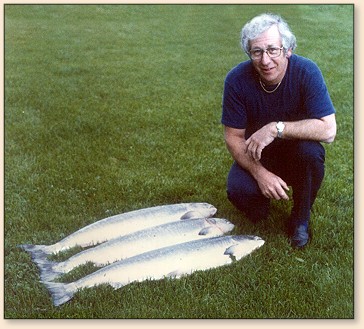
"As I think back over forty years to the day when I took my first Atlantic Salmon, June 23, 1953. It was a ten pound hen taken on a number eight Black Dose at the Stillwater Pool on the Narraguagus River in Cherryfield, Maine. Another fisherman had just stepped out of the spot after having fished it for a few minutes and I stepped right into his boot tracks on a sandbar, just a few casts and the fish took. Renowned Cherryfield resident Harry Smith, "king of the river" and a legend in his own time, sat on the bank across the river cheering me on. Needless to say, I was one happy fisherman. Or as they say nowadays, 'fisherperson.' Anyway, that fish was to launch me into what has become a lifelong obsession. I have fished several of Maine's Salmon Rivers including the Machias, Columbia, Dennys and Penobscot. I never was able to connect on the Dennys, however. In Canada I have fished the South West Mirimachi, St. John, Renous, Moise, Matane, Restigouche, Upsalquitch and the Matapedia Rivers. My favorite has been and still is, the Matapedia in Southern Quebec."
Trapping and Hunting |
|
Health
Flies & Fly Tying
"Over the years I have tied nearly all varieties of flies except salt water and bead heads, I HATE 'EM. Wouldn't tie them and certainly would not use them. They've only become legal in this state over the past few years. Prior to that time it was illegal to affix any weight to any fly. As far as I'm concerned, in my somewhat biased opinion, using them to fish with is akin to using a weighted lure and spinning rod. We always were able to get our lines down even back well before the advent of sinking lines. Our lines were silk and if not dressed to float they'd sink like a rock....As to fishing with any celebrities...can't think of any off hand except Joe Bates and he was ticked off because I caught fish and he didn't. His wife was a lovely person and can't understand how she put up with such an egotistical individual. He was a good writer and researcher, I'll give him that but like a lot of people of his ilk, and he was somewhat of a freeloader too...."
|
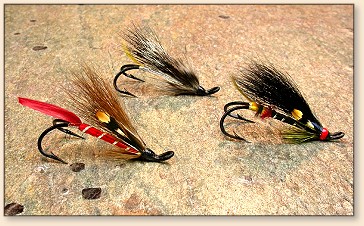 "Silver bodied streamers need ribbing (3 twist, oval or similar)...Feather wing streamers should go on 8x (or longer) hooks, hairwing (bucktails) on 6x. And streamers to me don't include hairwing flies. They were referred to as bucktails in my day..."
|
Jobs and Hobbies
 My goal as a professional carver was to win a ribbon at the world's championship, professional category in Ocean City, Maryland. I did so in 1990 with a full sized common loon. I even did short stint of laying hardwood flooring which was the toughest job I ever had, really tough on the back. I have maintained my interest in hunting, fishing and trapping down thru the years."
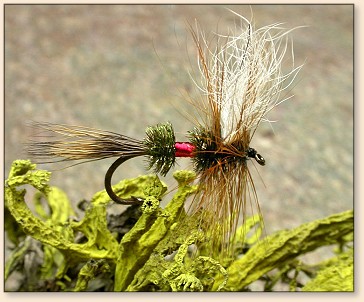
Some Closing Thoughts
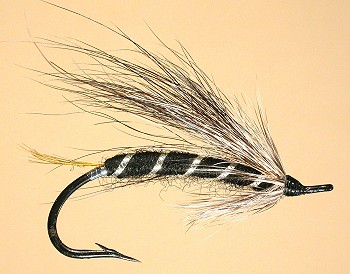
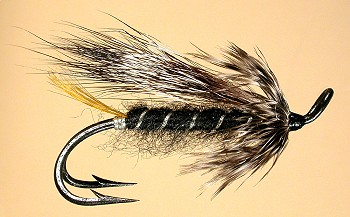
|
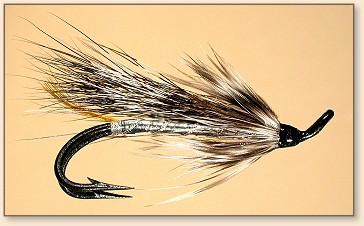
|
Cosseboom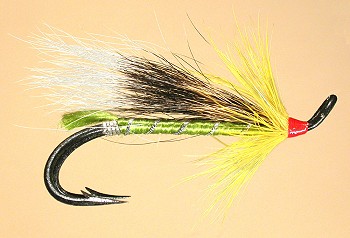
Tag: Oval silver tinsel. |
Mitchell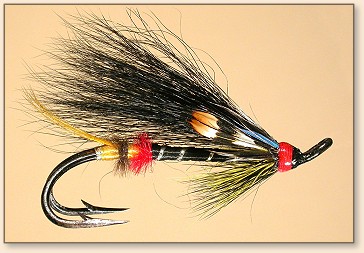
Tag: Oval silver tinsel. |
Durham Ranger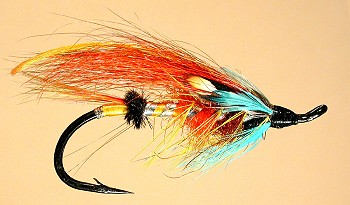
Tag: Oval silver tinsel, yellow floss. |
Silver Gray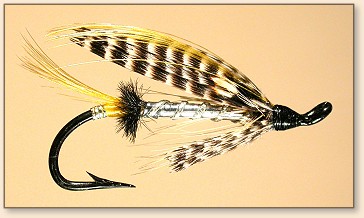
Tag: Oval silver tinsel. |
